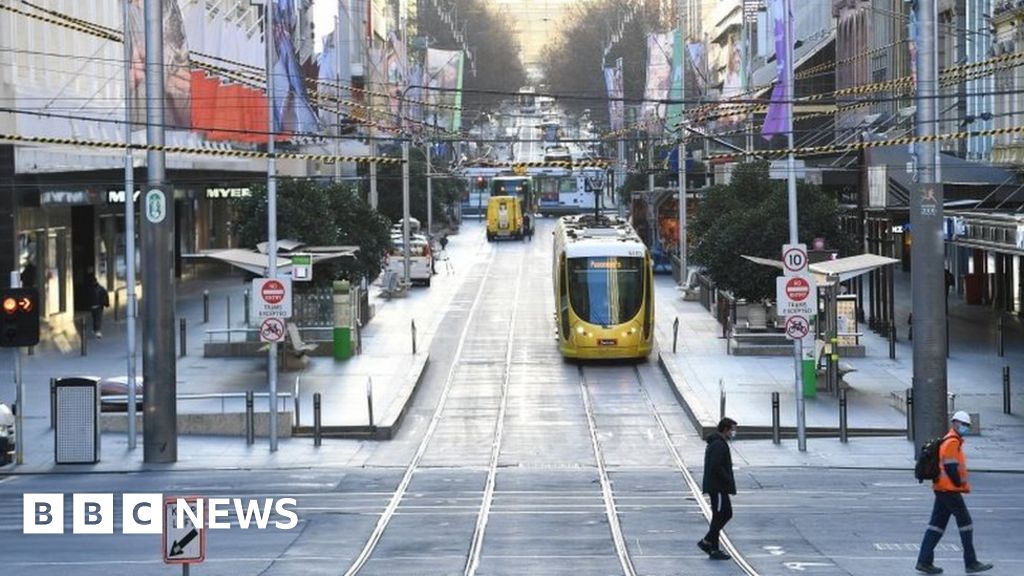

“Here, one of our analyses suggests that creative expression enabled individuals to better manage their negative emotions linked to confinement and therefore to feel better during this difficult period.” Also, it is not known in which direction this process takes place: do we feel good because we are creative, or does being creative make us happier?” “There is some evidence in the scientific literature that you need to feel good to be creative, while other evidence points the other way. Researchers found a link between positive mood and creativity, and one between negative affective states and less creativity.Ĭo-first author of the study Dr. The descriptors they asked participants about “included anxiety and stress, motivation, psychological pressure, mood, and to a lower extent, loneliness and physical constraints.” The authors of the study confirmed that participants’ affective states aligned with SCC. The authors chose openness because this is the personality trait most associated with creativity.Īccording to the study, previous research suggests that a positive mood is correlated to creative activity, although there is still some debate. The degree to which an individual exhibits openness-one of the Big Five personality traits-followed behind as a significant factor.
COVID LOCKDOWN FREE
The two greatest factors in whether a person’s level of creativity during the lockdown rose or fell were emotional or affective changes and-to a slightly lesser degree-whether the pandemic gave them more free time.
Ajay Agrawal, University of Toronto, on the Disruptors podcast. “The minute you set constraints, now the creative mind gets to work on how do I achieve the goal, conditional on these constraints?” said Dr. The extent of obstacles encountered was high for individuals who were more creative as well as for those who were less so. There was no clear indication that a higher number of obstacles hindered creativity. The researchers also inquired about pandemic obstacles that had to be overcome. The top five creative activities in which the study’s respondents said they engaged in were cooking, sports and dance programs, self-help programs, and gardening. Respondents were asked if they engaged in these activities more or less during the lockdown, how often, and why they did or didn’t. These included painting, cooking, sewing, gardening, writing, and decorating, among others. In addition to listing self-perceived creativity changes, or subjective creativity change (SCC), as described above, the researchers presented participants with an inventory of 28 creative activities based on existing items often used by research psychologists, including the Inventory of Creative Activities and Achievements (ICAA).

The findings were published in the journal Frontiers in Psychology. The study’s 343 participants said they were, on average, more creative during the lockdown than during the period before. The study’s authors hoped to reconcile the seeming paradox of heightened creativity during a time of unusual stress. To explore its impact, they conducted a French-language online survey to learn more about people’s experiences with creativity during this first lockdown in France. While this obviously applies to artistry, it can apply equally to everyday activities in which one takes existing elements and creates something new-such as using the ingredients of sourdough bread to make the pandemic food staple.Ī new study from the Paris Brain Institute at Sorbonne University decided to investigate the effect the first COVID-19 lockdown had on creativity. The American Psychological Association defines “ creativity” as “the ability to produce or develop original work, theories, techniques, or thoughts.” Share on Pinterest Research shows that people were more creative during the first COVID-19 lockdown.


 0 kommentar(er)
0 kommentar(er)
